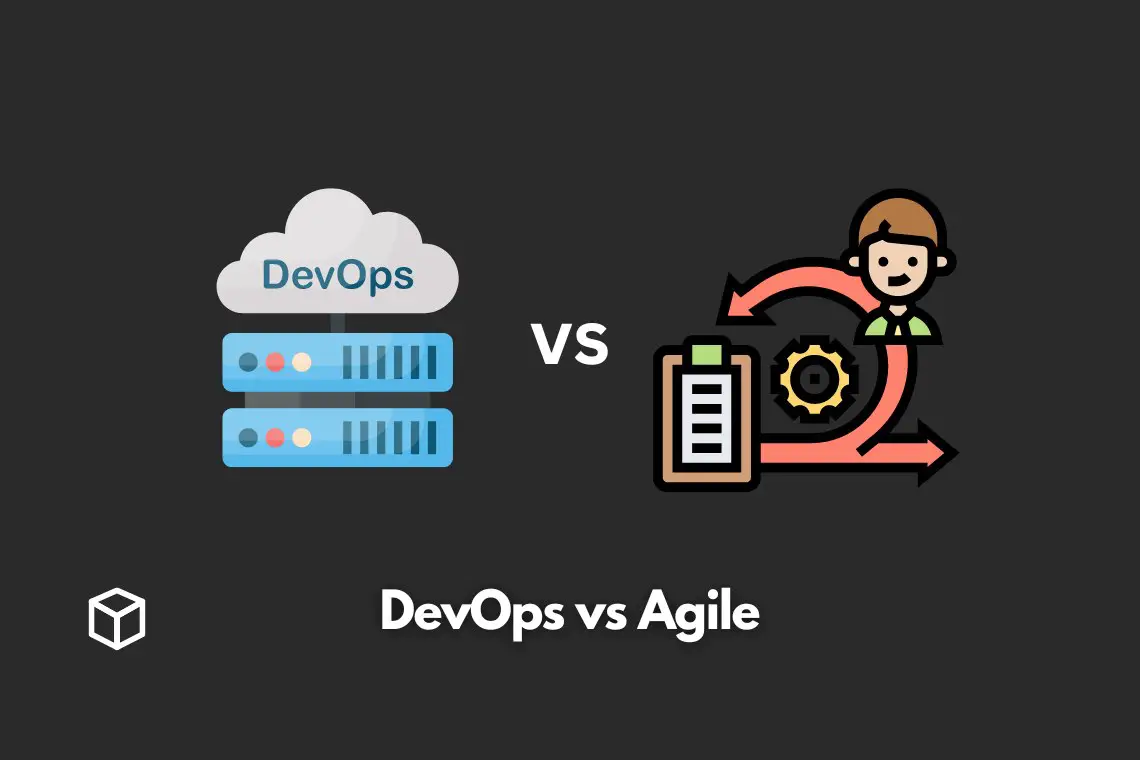DevOps and Agile are two popular methodologies that are widely used in software development today.
Both DevOps and Agile aim to increase the speed, quality, and efficiency of software development.
In this article, we will take a detailed look at DevOps and Agile, and how they can be used together to improve software development.
DevOps
DevOps is a methodology that aims to bring together the development and operations teams in an organization.
The goal of DevOps is to increase collaboration, automation, and continuous delivery, which leads to faster and more efficient software development.
DevOps originated from the need to increase the speed and efficiency of software development.
In the past, development and operations teams worked in silos, which led to delays and bottlenecks in the software development process.
DevOps aims to break down these silos and increase collaboration between the development and operations teams, which leads to faster delivery of software.
The key principles of DevOps include collaboration, automation, and continuous delivery.
Collaboration is essential in DevOps, as it allows the development and operations teams to work together to deliver software faster.
Automation is also important, as it allows teams to automate repetitive tasks, which leads to increased efficiency.
Continuous delivery is the practice of continuously delivering small changes to software, rather than making large changes infrequently.
DevOps can be implemented in a software development environment in several ways.
One of the most popular ways is by using DevOps tools such as Jenkins, Ansible, and Docker.
These tools allow teams to automate repetitive tasks, such as building and deploying software.
The benefits of using DevOps are many, including faster delivery, improved quality, and increased efficiency.
Faster delivery is possible because DevOps increases collaboration and automation, which leads to faster software development.
Improved quality is possible because DevOps increases collaboration and continuous delivery, which leads to fewer bugs and errors in software.
Increased efficiency is possible because DevOps increases automation, which leads to fewer repetitive tasks and more time for innovation.
Agile
Agile is a methodology that aims to increase the flexibility and speed of software development.
Agile is based on the Agile Manifesto, which states that individuals and interactions, working software, customer collaboration, and response to change are more important than processes and tools.
Agile originated from the need to deliver software faster and to be more responsive to changes in the market.
In the past, software development was often slow and inflexible, which led to delays and missed opportunities.
Agile aims to increase the speed and flexibility of software development, which leads to faster delivery of software.
The key principles of Agile include flexibility, iterative development, and self-organizing teams.
Flexibility is essential in Agile, as it allows teams to respond quickly to changes in the market.
Iterative development is also important, as it allows teams to make small changes to software frequently, rather than making large changes infrequently.
Self-organizing teams are important in Agile, as they allow teams to make decisions and take ownership of their work.
Agile can be implemented in a software development environment in several ways.
One of the most popular ways is by using Agile methodologies such as Scrum and Kanban.
These methodologies provide a framework for teams to work in an Agile way.
The benefits of using Agile are many, including faster delivery, improved quality, and increased efficiency.
Faster delivery is possible because Agile increases the speed and flexibility of software development, which leads to faster software development.
Improved quality is possible because Agile increases the number of small changes to software, which leads to fewer bugs and errors in software.
Increased efficiency is possible because Agile increases the autonomy and ownership of teams, which leads to greater innovation and motivation.
DevOps and Agile: How they work together
DevOps and Agile are complementary methodologies, and they can work together to improve software development even further.
DevOps focuses on increasing collaboration, automation, and continuous delivery, while Agile focuses on increasing flexibility, iterative development, and self-organizing teams.
By using both DevOps and Agile together, teams can achieve even greater benefits.
For example, by using DevOps to automate repetitive tasks, teams can increase their efficiency and speed, which is beneficial for Agile development.
By using Agile to respond quickly to changes in the market, teams can increase their flexibility and speed, which is beneficial for DevOps delivery.
In practice, DevOps and Agile can be integrated by using methodologies such as DevOps-Agile, which combines the best practices of both methodologies.
This integration can be done in several ways, such as by using Agile methodologies such as Scrum to plan and prioritize work, and using DevOps tools such as Jenkins to automate and deliver software.
Conclusion
In conclusion, DevOps and Agile are two popular methodologies that are widely used in software development today.
Both DevOps and Agile aim to increase the speed, quality, and efficiency of software development.
By using DevOps and Agile together, teams can achieve even greater benefits, such as faster delivery, improved quality, and increased efficiency.
If you are interested in learning more about DevOps and Agile, there are many resources available online.
Some popular resources include the DevOps Institute and the Agile Alliance.
These organizations provide training, certification, and other resources to help you learn more about DevOps and Agile.




